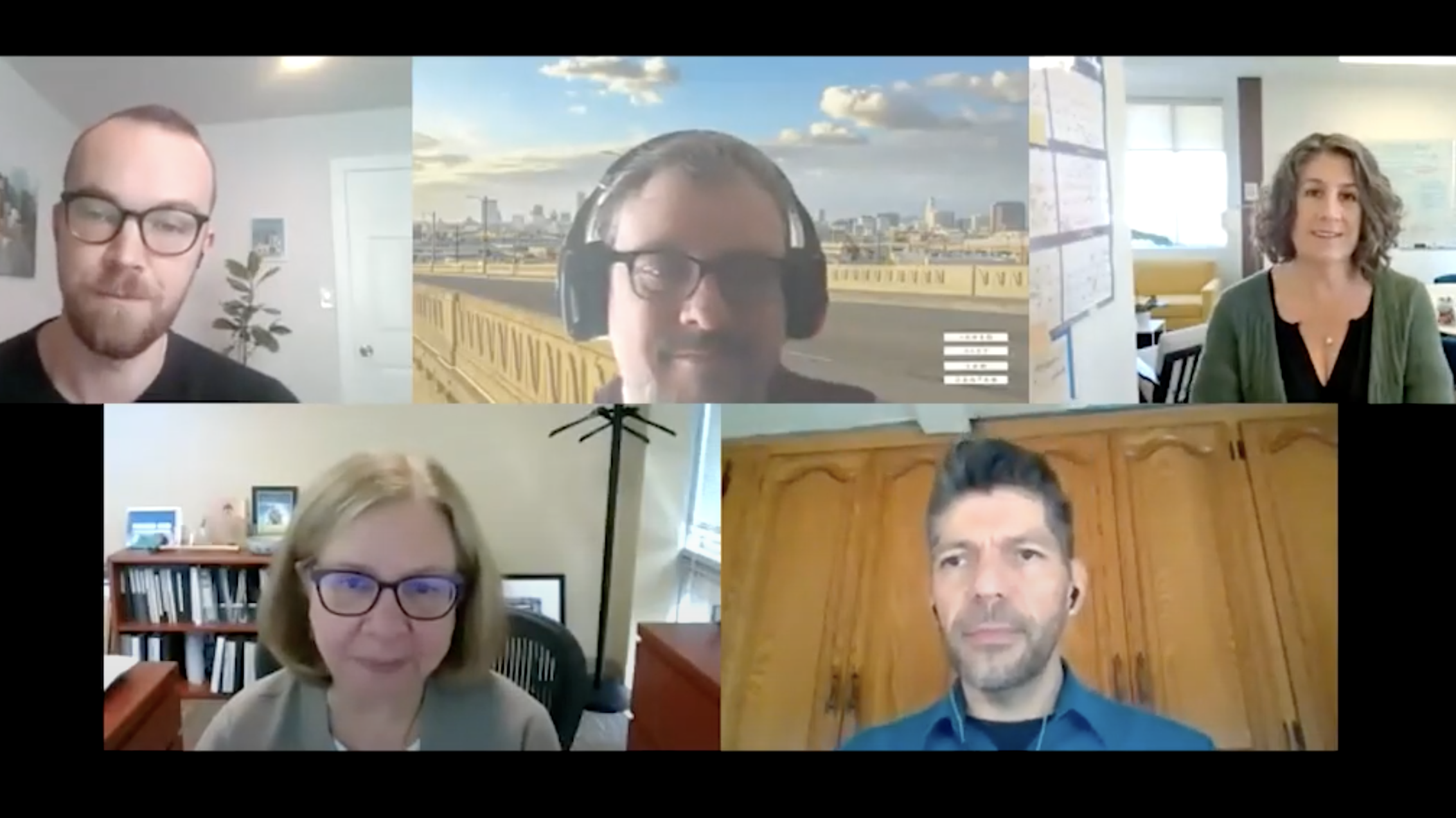
The trials and errors of eviction moratoriums during the COVID-19 pandemic
The COVID-19 pandemic led to numerous eviction prevention and rental relief programs to protect vulnerable renters from losing their homes. Originally enacted as public health measures to prevent the spread of the pandemic, eviction moratoriums helped thousands of renters keep their homes in spite of an economic crisis.
However, miscommunication surrounding the various eviction prevention and rent relief programs was a big challenge. During a Nov. 2 webinar, public officials and housing advocates came together to discuss successful and unsuccessful aspects of government housing relief interventions during the pandemic. The event was part of the Housing, Equity and Community Series, a joint UCLA endeavor by the Lewis Center for Regional Planning and the Ziman Center for Real Estate.
“One thing that has been frustrating about the word ‘moratorium’ is that people see it on the news and believe, ‘oh, this means I can’t get locked out of my home,’ but people didn’t understand that this required certain action,” said Kaimi Wenger, Inner City Law Center tenant rights attorney.
According to Wenger, the eviction moratoriums at local, state and federal levels helped tens of thousands of residents across California; however, the information surrounding these laws has been difficult to communicate.
The uncertainty regarding rental relief, requirements, and eligibility, along with numerous last-minute extensions to the moratoriums, complicated government responses at every level. This left both tenants and landlords unsure whether they would receive government support at various stages of the pandemic.
The insights provided during the webinar deepen the understanding of LA renter distress first captured by a UCLA-USC survey, which found that nearly half of tenant households struggled to pay rent during the pandemic. The survey also found the median amount of rent owed to landlords is $2,800, suggesting upwards of $3 billion owed countywide.
Ann Sewill, general manager of the Los Angeles Housing Department, participated in the webinar and said that the city’s Emergency Renters Assistance Program received more than $550 million in rent relief requests at the beginning of the pandemic, although they only had $250 million to distribute.
Meanwhile, Francisco Dueñas, executive director of the Housing Now! Coalition, who worked with community members across the state noticed that some cities were better prepared than others to respond to the housing crisis because they “already had programs in place to distribute money, while others had to build relief programs from the ground up.”
The panelists all agreed that California’s housing crisis response shows that government relief programs are useful and necessary. Moving forward, they suggest expanding the scope of homelessness prevention and improving communications efforts.
“I think what we need to learn from the pandemic is that our urgency for housing instability across LA is something that needs to remain constant,” said Stephanie Klasky-Gamer from LA Family Housing. “We can’t wait for a pandemic to implement the kind of creative solutions that we did this past year and a half.”



